Are farmers willing to pay for climate related traits of wheat? Evidence from rural parts of Ethiopia

Authors:
Wheat production in Ethiopia faces numerous climate related constraints that entail development and dissemination of wheat germplasms with yield stabilizing traits under climate related challenges such as frost, drought, and yellow rust. The adoption of the germplasms will however depend on the effective demand of wheat growers. This study investigates the preferences and willingness to pay (WTP) for frost and yellow rust resistance, grain yield, grain color, plant height, and length of maturity traits of wheat in Ethiopia. A choice experiment method was used to generate 8181 observations from a random sample of 303 smallholder farm households. We report mean WTP values, preference heterogeneity and attribute non-attendance patterns based on different formulations of the mixed logit model. The results revealed that farmers are willing to pay for yellow rust resistance, frost resistance, increase in grain yield, and white grain color (cf. brown). Farmers showed disinterest in increase in length of maturity and black grain color (cf. brown). Farmers have high WTP for yellow rust resistance and frost resistance traits, which is nearly 10 times the value they are willing to pay for increase in grain yield of 100 kg per hectare. Similarly, farmers are willing to pay for harvesting wheat yield a month earlier a price four times the value they attach to increase in grain yield of 100 kg per hectare. The weight farmers attach to climate related traits of wheat show the importance farmers implicitly give to the climatic factors they must consider in their wheat production. Therefore, carefully developed wheat varieties would improve the effectiveness of the climate change adaptation strategies of smallholder farmers.
